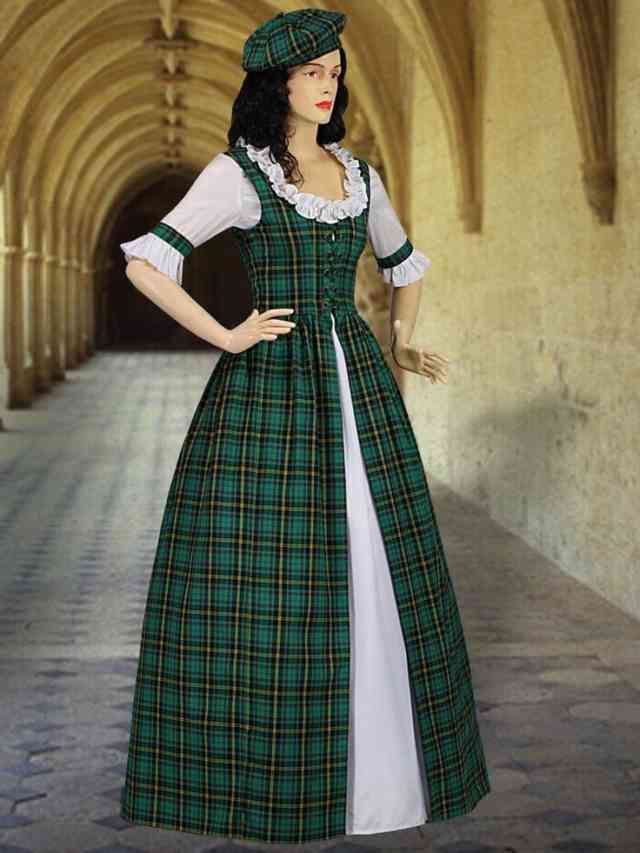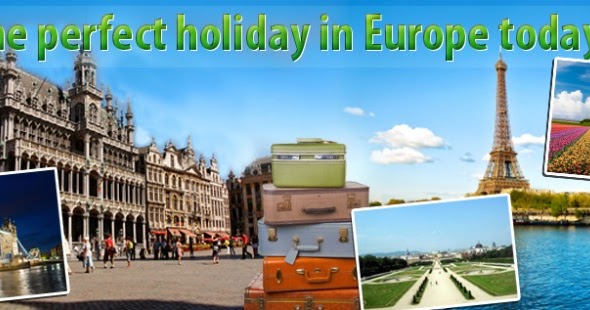There is no other country that is represented so clearly by a fabric but Scotland and tartan are synonymous with one another. In fact so closely is tartan interlinked with Scotland's history that it has evolved and even been suppressed in much the same way as the Scottish people.
Traditionally tartan was just a common form of fabric used in kilts and other garments providing a warm and waterproof layer – warm in the winter and cool in the summer. It was not, as is often thought, associated with a particular clan rather the colours and designs were regional. If a producer in an area was able to fashion a tartan with a good set of colours perhaps a bright red and or yellow then anyone may have bought and worn it in that region. It was not until much later that the different colours and patterns became the property of individual clans.
The Dress Act of 1746 prohibited the wearing of tartans by men or boys unless they were in the military. This was a deliberate attempt to rob the clans of their normal attire worn as a sign of their Scottish identity. The highland clans had leant considerable support to the Jacobite rebellions and the intention was that by removing a key part of their identity they would more easily integrate with the English culture. Perhaps it could be said that the act in fact gave Scots a defining symbol of their identity.
This was seized upon by Walter Scott when he organised King George IV's Highland Pageant in 1822. Here the clans were paraded through the streets of Edinburgh dressed in tartans and a national dress for each clan. The clans repeat the parade up the Royal Mile to Edinburgh Castle each summer to the delight of tourists from around the world.
There are as many as 7000 tartans and the bodies that register and catalogue tartans add more each year. The simple construction of the “warp” that crosses each thread and the “weft” that runs at right angles to this allows for many variations in design and colour. These did not become owned by clans until the early nineteenth century when the first register was set up. In fact during the Jacobite battles clans had to identify themselves by wearing different coloured ribbons.
Tartan today appears on an enormous range of items. A trip to a Scottish gift shop will give an amazing number to choose from. Any tourist visiting Scotland who traces their Scottish ancestry can find their clan's tartan and return home sporting their tartan. Choice of undergarments is left to the wearer in all cases.
If you are interested in finding your tartan you could stay at one of Mackays self catering Scotland's cottages and explore the fascinating world of tartan from there.









